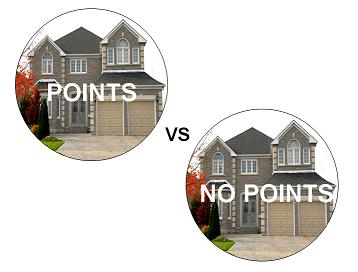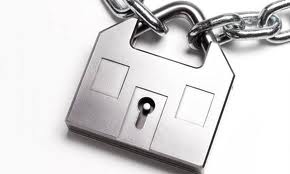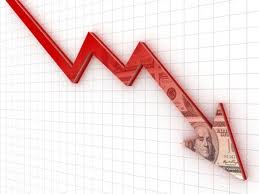Is it really possible to get a mortgage and pay no points or closing costs? Yes and no . . .
The reality is, you won’t pay any closing costs up front – but you will pay for them over time.
In a no-cost mortgage, lenders charge a higher interest rate to compensate for the fact they’re not collecting any closing costs. They cover your closing costs up front, but gradually get their money back through the higher interest rate – which the borrower pays. So you’re still paying for closing costs, you’re just not doing right up front.
Pros and cons
On a purchase loan, no-closing cost mortgages can make financial sense if you have limited funds and need to minimize your cash outlay at the time you take out the mortgage. You may have decided you’d be better off putting your money into a larger down payment, for example. If you have the money for down payment and closing costs, it may make more sense to pay closing costs up front, and here’s why. In times of historically low interest rates, you will probably keep a fixed rate loan with a low rate because there will be little incentive to refinance. The lower your rate, the lower your payment, and this will add up over time.
On a refinance, it’s important to try to figure out how long you will have the loan. If you are taking out a loan and believe you will sell the home or refinance within a few years, it usually makes sense to pay the least amount of closing costs possible. If you plan on staying in the home and are taking out a 15 or 30 year fixed rate loan, you may be better off taking the lowest rate you can get, as long as the costs are reasonable.
How long will you have the home?
One thing to remember is that a no-closing cost mortgage makes financial sense only if you plan to own the home (or keep the loan) for a relatively short time – about five to eight years, depending on the terms of your loan. That’s because otherwise you’ll be continuing to pay a higher interest rate well past the point where the lender recouped its closing costs – so it’s strictly gravy for the lender from that point on.
You can always refinance the mortgage in a few years to get rid of the higher rate, but given how low mortgage rates are currently, it’s not likely you’ll be able to get a better rate by refinancing a few years from now.
What will the interest rate be?
Generally speaking, no-cost mortgages will add about half a percentage point onto the interest rate you pay on your mortgage, so if you can get a rate of 4.00% on a 30-year fixed-rate mortgage, a zero-cost mortgage might have a rate of 4.75%. That could be more or less, depending on the loan program and what your closing costs would have been otherwise.
A final thing to remember is that you may still have to pay some closing costs upfront, even with a zero-cost mortgage. You’ll probably have to pay separately for appraisal, homeowner’s insurance and property taxes, and individual lenders may vary as to what specific costs they’ll cover in a “no-cost” mortgage. Be sure to find out exactly what costs are and are not covered when comparing offers from different lenders.




